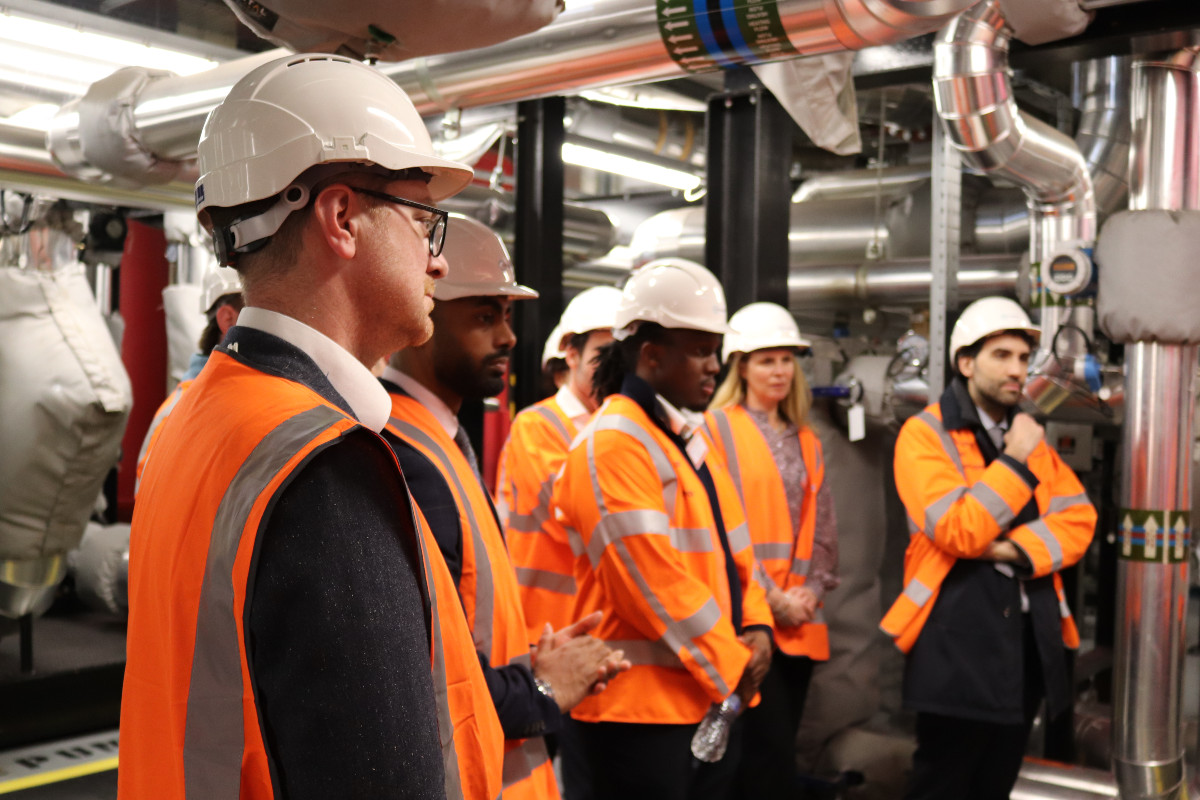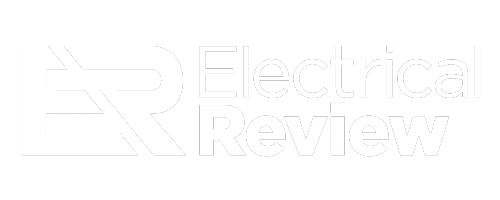UK Power Networks has launched HeatScape, a data-led project to map existing heat networks, predict where they are likely to expand, and estimate the electricity those schemes will require under different scenarios.
The initiative, delivered with Arup, Environmental Resources Management (ERM) and Bring Energy (operator of the East London Energy Distribution Heat Network), will feed forecasts into UK Power Networks’ Strategic Forecasting System to inform grid planning and investment.
HeatScape builds on the Flex Heat Networks initiative, blending datasets, advanced modelling and field insights to create a granular view of how electrified heat networks connect and operate on the distribution system. The outputs will be used to shape more timely, cost-effective reinforcements and to sequence upgrades where they are most needed.
Alongside forecasting, the project will test options to manage demand more flexibly — including the use of thermal storage to shave peaks. Working with Bring Energy’s customer base, the team will gauge appetite for flexibility services and support the adoption of low-carbon technologies across connected buildings. UK Power Networks also points to its related Heatropolis project focused on heat decarbonisation.
Luca Grella, Head of Innovation at UK Power Networks, commented, “Decarbonising heat is one of the biggest opportunities we have to create a cleaner, more efficient energy future. With HeatScape, we’re taking a proactive approach, working with our partners to understand where heat networks will grow and how they’ll interact with the grid. By combining data, modelling and customer insights, we can plan smarter, reduce costs and make sure the transition to low-carbon heating benefits everyone.”
Stephen Hutchins, Concession Director at Bring Energy, added, “As operators of East London Energy, one of the UK’s largest heat networks, Bring Energy sees first-hand the importance of forward-looking, data-driven planning in the shift to low-carbon heat. HeatScape will give us a clearer picture of how and where heat networks are likely to grow, and what that means for our electricity infrastructure. We’re excited to be partnering with an industry leader in innovation like UK Power Networks to explore new ways to make heat networks more flexible, including smarter use of thermal storage. We believe this collaborative project will help accelerate the transition to cleaner, more efficient energy systems for communities across the UK.”

